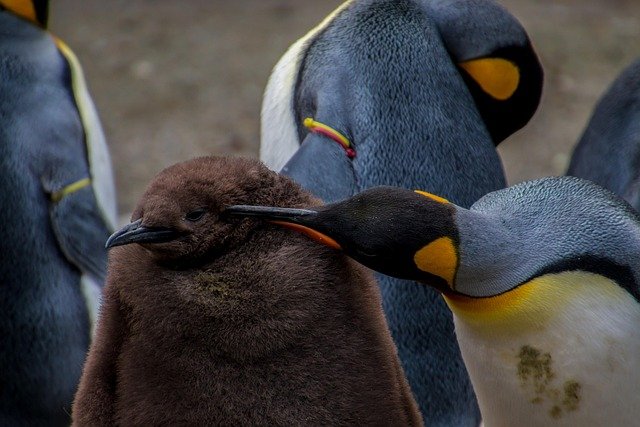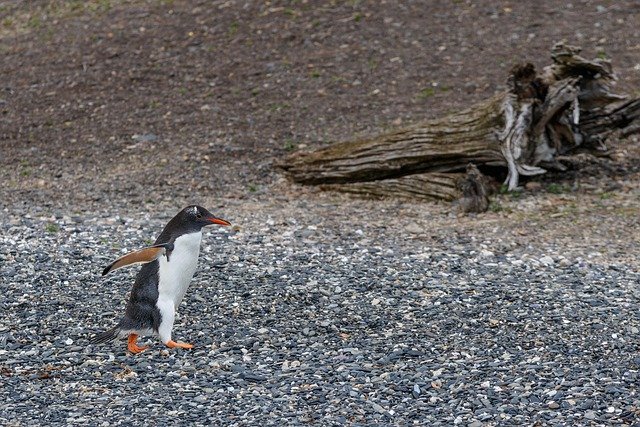**Title: "The Remarkable Adaptations of Penguins: Nature's Flightless Birds"** **

The Remarkable Adaptations of Penguins: Nature's Flightless Birds
Penguins are one of the most fascinating groups of birds on our planet. While they may lack the ability to fly, these remarkable creatures have evolved a unique set of adaptations that allow them to thrive in some of the harshest environments on Earth. Let's dive into the incredible features that make penguins perfectly suited for their aquatic lifestyles.
1. Streamlined Bodies
Penguins have a distinctive body shape that is well-adapted for swimming. Their streamlined bodies reduce drag in the water, allowing them to glide effortlessly as they pursue fish and other marine prey. This hydrodynamic design is crucial for their survival in the frigid waters of the Southern Hemisphere.
2. Flipper-like Wings
Though penguins cannot fly, their wings have evolved into powerful flippers. These flippers enable them to "fly" through the water with agility and speed. With strong muscles and a rigid structure, penguin flippers allow for quick turns and dives, essential for catching fish and evading predators.
3. Insulating Feathers
Penguins are equipped with a dense layer of feathers that provide excellent insulation against the cold. Their feathers are tightly packed and waterproof, keeping them dry and warm in icy waters. Beneath the feathers, a layer of fat helps to insulate them further, ensuring they can maintain their body temperature even in freezing conditions.
4. Unique Social Structures
Penguins are highly social animals, often living in large colonies. Their social behaviors, such as vocalizations and group foraging, enhance their chances of survival. By working together, they can protect each other from predators and increase their efficiency in hunting for food.
5. Specialized Feet
Penguins have webbed feet that are adapted for both swimming and walking. The webbing allows for powerful propulsion in the water, while their sturdy, flat feet help them navigate rocky shorelines and ice. This dual functionality is crucial as they move between their nesting sites and feeding grounds.
6. Exceptional Diving Abilities
Many penguin species are expert divers, capable of reaching impressive depths in search of food. For instance, the Emperor Penguin can dive to depths of over 500 meters (1,640 feet) and hold its breath for up to 20 minutes. Their adaptations, such as a flexible rib cage and specialized lungs, allow them to withstand the pressure of deep dives.
7. Parental Care
Penguins exhibit remarkable parental care, with both parents often sharing the responsibility of incubating eggs and feeding chicks. This cooperative breeding strategy ensures the survival of their young in the harsh environments they inhabit.
Conclusion
Penguins may be flightless, but their adaptations are a testament to the power of evolution. From their streamlined bodies to their social structures, these incredible birds have found their niche in the world, thriving in conditions that would challenge many other species. As we continue to study and appreciate these remarkable creatures, we gain deeper insights into the wonders of nature and the resilience of life on Earth.
Whether you're a seasoned ornithologist or simply an admirer of wildlife, the adaptations of penguins offer a captivating glimpse into the ingenuity of nature. Let's celebrate these extraordinary birds and the ecosystems they inhabit!

Upvoted! Thank you for supporting witness @jswit.